云间粮仓东大门
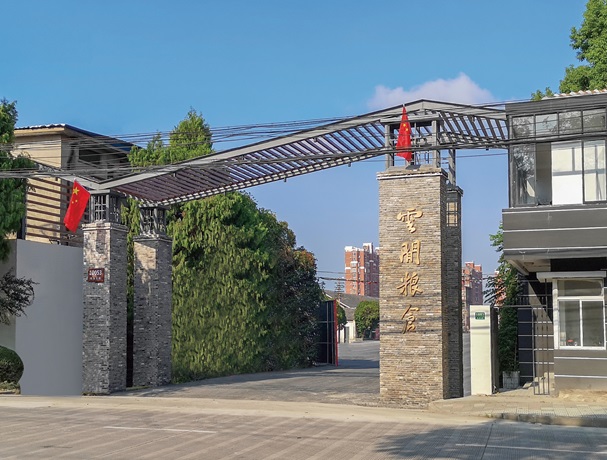
云间粮仓东大门
云间粮仓入口运用造型门楼打造,结构驾于建筑之上,打造气势入口。起伏的形式延续了内部粮仓屋顶的形式,同时象征了云的起伏。
装饰景墙分隔两侧人行及居中车行入口,配合优美的植物对场地现有建筑进行适当的遮挡处理,并强化入口氛围。材料选择以铁艺结合青砖及传统木结构,原材料再利用,体现修旧如旧的氛围。
Yunjian granary entrance using modeling building, the structure of the building above, create momentum entrance. The undulating form continues the form of the roof of the inner granary, and at the same time symbolizes the undulating clouds.
The decorative landscape wall separates the pedestrian and median car entrances on both sides, with the beautiful plants to properly shade the existing buildings on the site, and enhance the entrance atmosphere. The materials are made of green brick and traditional wood structure combined with iron art. The raw materials are reused to reflect the atmosphere of maintaining the old as before.
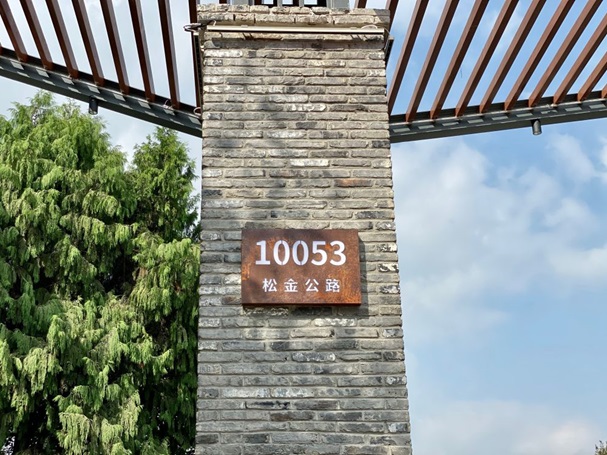
区位特色:
松金公路北端与云间路(县府路)相接,云间第一楼(松江二中)、云间新天地、云间粮仓三者串成了一条线。
The North End of Songjinbei road is connected with Yunjian road (Xianfu road) , the first floor of Songjiang (No.2 Songjiang Senior High School), Yunjian New world and Yunjian granary are strung into a line.
人民河景观道

电影《小城之春》
此处是《小城之春》的取景地,《小城之春》由费穆执导,1948年在上海上映。这部影片曾被评为中国电影90年历史上10部经典之一,2005年又被金像奖评为百年华语电影第一名。
影片讲述了一个已婚女人在丈夫久病不起的情况下再次见到昔日恋人时的故事,故事发生在抗战胜利后的一座南方小城里。影片中的江南小城,即松江古城。
This is the viewfinder of the film "spring of a small town", directed by Fei Mu and released in Shanghai in 1948. This film was rated as the first Chinese film in the century by the golden image award in 2005.
The film tells the story of a married woman who meets her former lover again when her husband is ill for a long time. The story takes place in a small town in the south of the Yangtze River in the film is the ancient city of Songjiang.
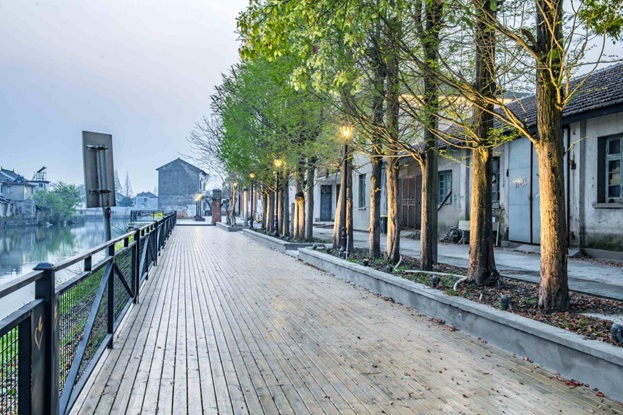
打卡地拍摄指南:
现为人民河景观道,人民河西有醉白池,东临方塔园,地理位置优越。“智者乐山,仁者乐水”,水让思想更加灵动。办公休闲之余,漫步人民河景观道俯视潺潺流水,远观悠悠白云,心同流水净,身与白云轻。
Now it is the landscape road of the people's river. There is zuibai pool in the west of the people's River and Fangta Garden in the East. It has a superior geographical location.
"smart people like mountains, good people like water" , water makes the mind more flexible. In free time, walking in the Renmin river landscape road, overlooking the gurgling water, a long view of the white clouds, water purification with the heart and body
林间小道
林间小道
解放后五十年代初翻修扩建时,在道路两旁栽种了水杉苗。60多年过去了,这些小树苗已经长成参天大树,笔直的树干直冲云霄。整齐的排列在公路二面,像一排排威严的士兵,非常壮观。一到秋天,金黄的树叶掉落一地,漫步在路边,踩着金黄的地毯,心情格外舒畅。
Cedar seedlings were planted on both sides of the road. Over the past 60 years, arranged on both sides of the road, like a row of Majesty of the spectacular soldiers. One to the autumn, golden leaves fall on the ground, the mood is particularly comfortable.
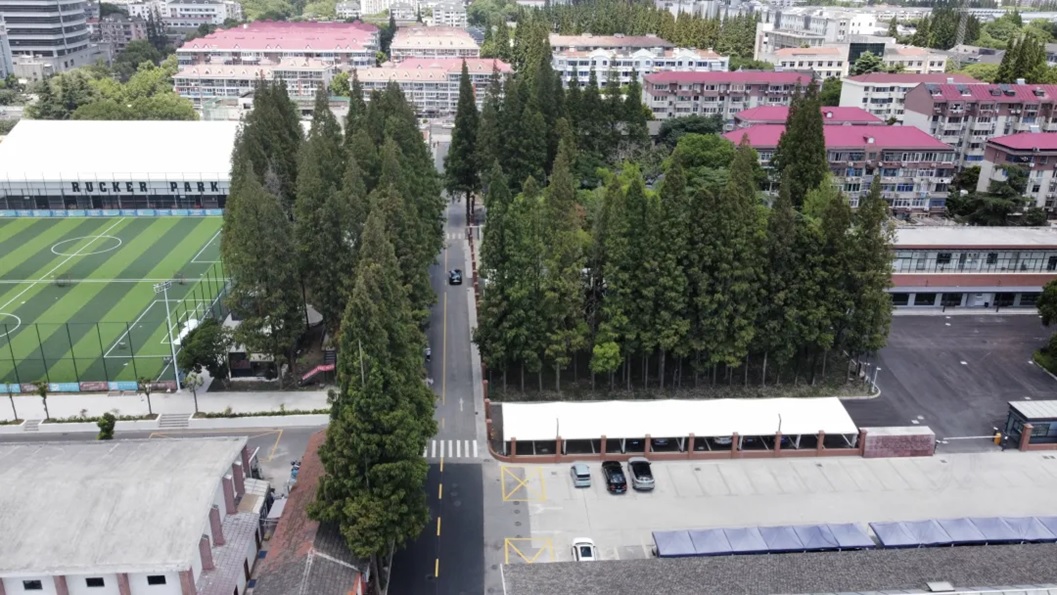
改造前的杉树林荫道
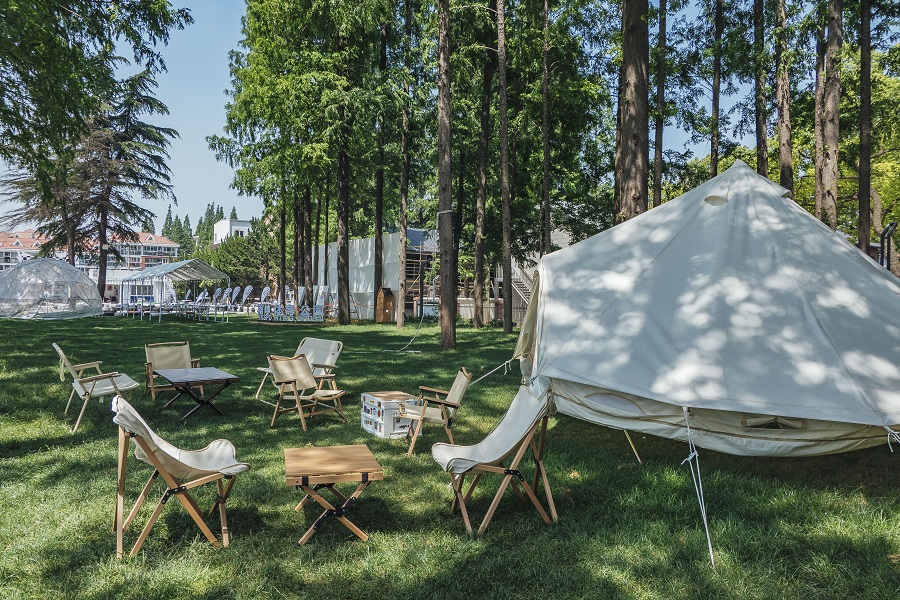
改造后的杉树林荫道
打卡地拍摄指南:
可以从此处看望云间粮仓北门,两边高耸入云的杉树对称排列,形成了一条笔直的道路,提供了遮阳庇荫的作用。漫步于此可以置身大自然的怀抱中,是一处天然的氧吧。
From here one can look at the north gate of Yunjian granary. On either side the spruce trees rise symmetrically into the clouds, forming a straight path that provides shade from the Sun. It's a natural place to be in the arms of nature. It's a natural oxygen bar.
革命标语墙
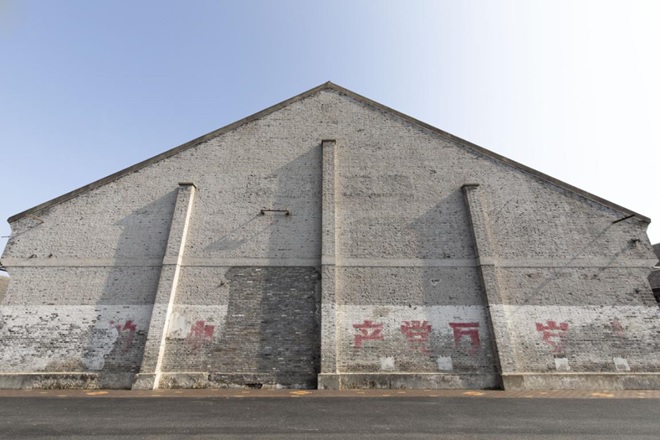
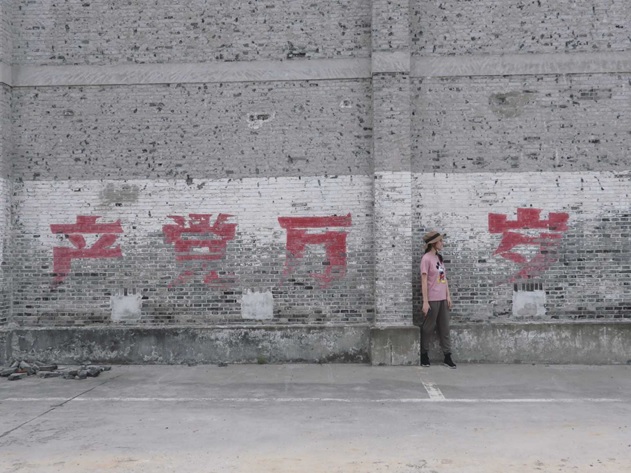
革命标语墙
园区内保留了不少六、七十年代的革命标语,现在已不多见,实属珍贵,与灰白色斑驳的粮仓外立面形成鲜明对比,更加显著,非常适合打卡留念。
Many revolutionary slogans of the 1960s and 1970s have been retained in the park, which is now rare and valuable. In sharp contrast to the grey and white granary façade, the park is even more remarkable and is perfect for clocking in.
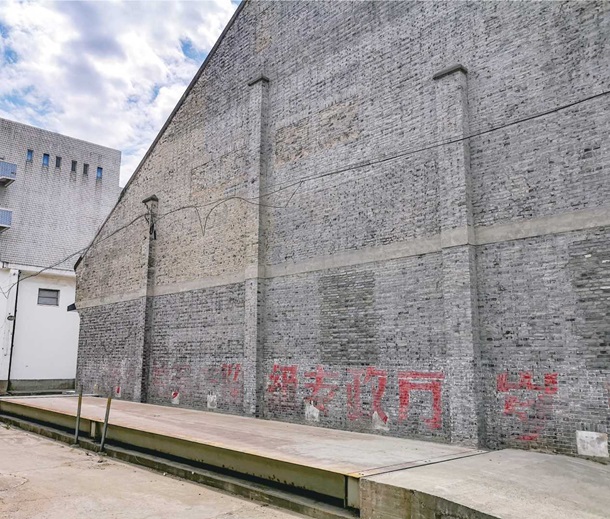
《雨巷》涂鸦墙
戴望舒与《雨巷》
1927年,戴望舒移居松江,住在好友施蛰存家中。在这里,他写下了著名的《雨巷》。据说,《雨巷》中那位结着愁怨的丁香姑娘就是施蛰存的妹妹施绛年。这首诗交织着失望和希望、幻灭和追求的双重情调。施蛰存虽非松江本地人,但幼年就随父母从苏州迁居松。
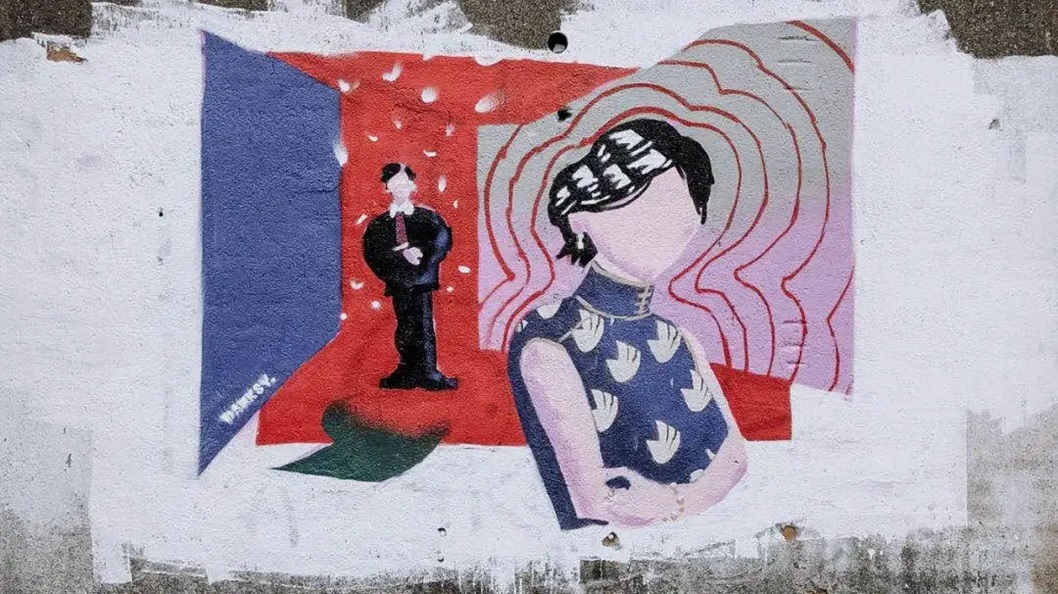
雨巷涂鸦墙
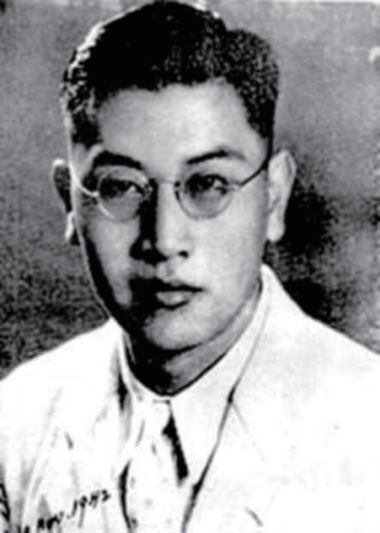
戴望舒像
创办《璎珞》
1926年,戴望舒在松江创办《璎珞》,通讯处为“松江城内县署南四〇三号”,即施蛰存宅。结合《雨巷》诗句,可知,其原型即在松江府城。戴望舒的最早诗篇就发表在他们共同发起《璎珞》杂志中。
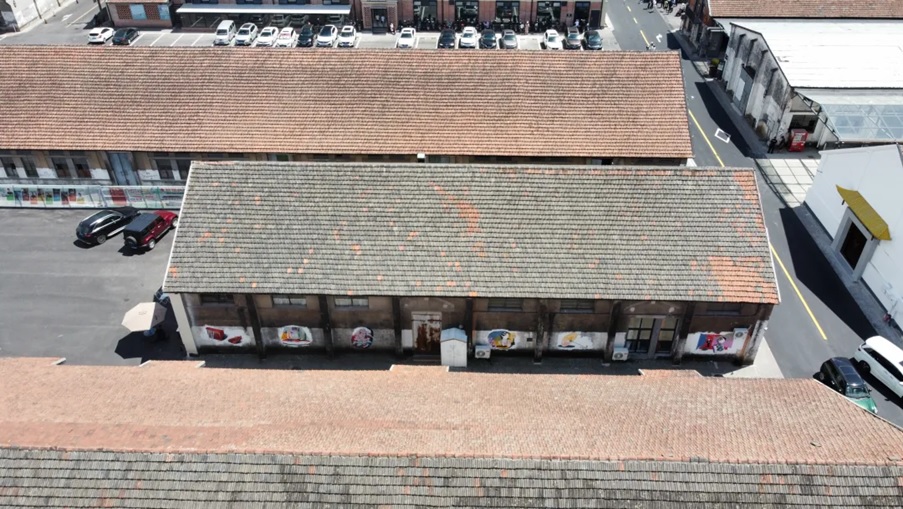
在云间粮仓,身边即是修旧如旧的老建筑,砖瓦巷弄间散发出淡淡的文艺气息,低头吟诵这首纯洁、忧郁而炽烈的爱情诗篇,不论是独自出行,还是相携而游,都是值得体验回味的选择。
科学家头像马赛克
科学家头像马赛克
园区改造根据原有建筑特色融入松江历史文化,以“科创、文创、体创”为定位,利用原有的红瓦、青瓦在屋顶拼贴出科学家头像马赛克
According to the original architectural features, the Yunjian Granary will be integrated into the culture of Songjiang District, with the orientation of "Science innovation, Cultural innovation and Sports innovation" , and the mosaic of scientists' head portraits created by using the original red tiles and green tiles on the roof.
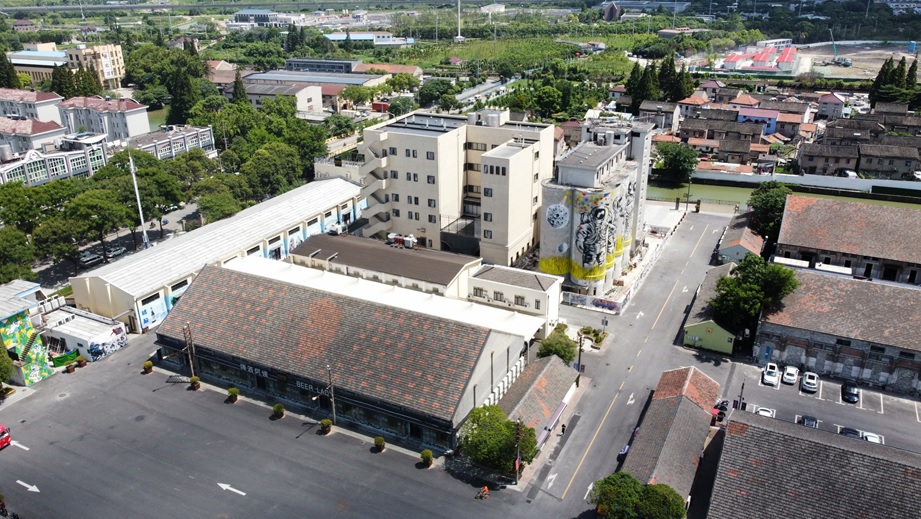
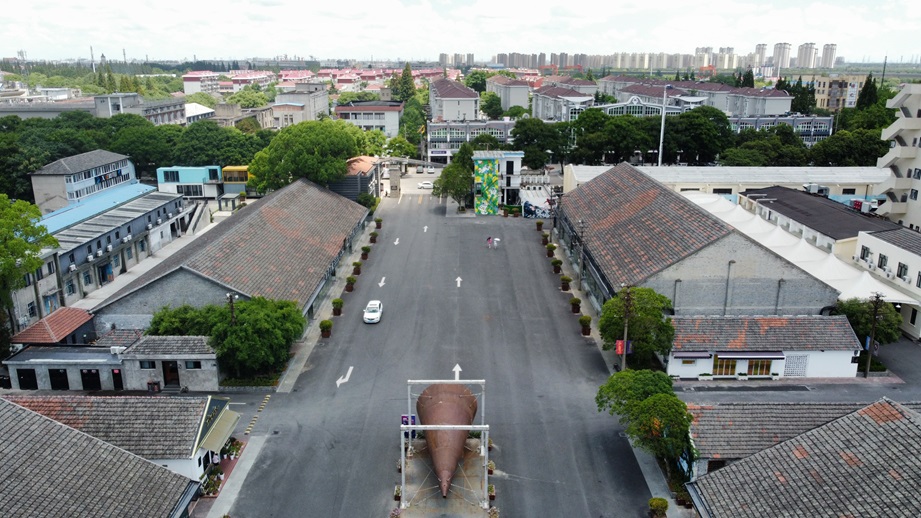
打卡地拍摄指南:
可以从较高地势往下拍摄屋顶上瓦片形成的图案,是一幅别具一格的图画。
The pattern of tiles on the roof can be photographed from a higher place, which is a unique picture.
云间粮仓全貌

云间粮仓全貌
通过无人机的视角,可以轻松在云间粮仓的上空一览整个园区的景致。
云间大道
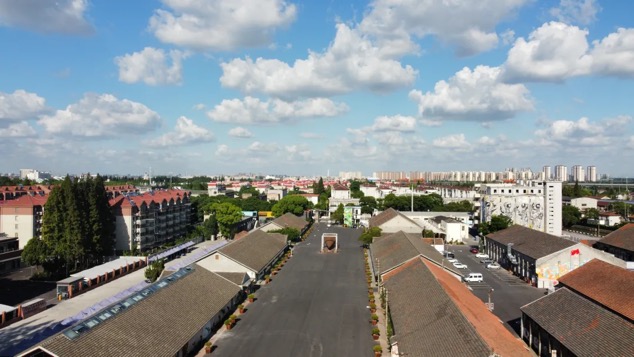
云间大道
原先为晒谷场,如今为云间大道,在这里,多次举办各大大型活动,为市民游客增加生活的多样性。
小广场(三角区)
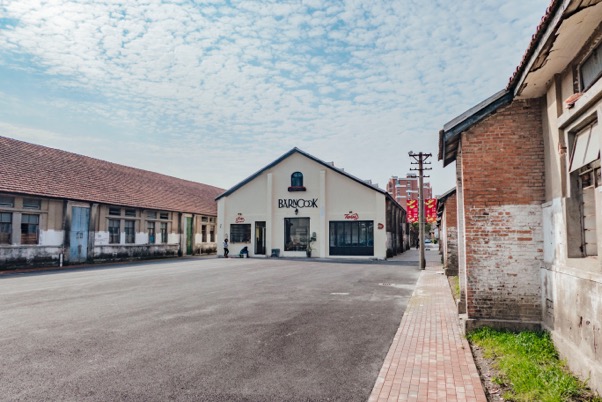
小广场(三角区)
由三栋粮仓建筑包围的小广场。
A small square surrounded by three granary buildings.
标语墙
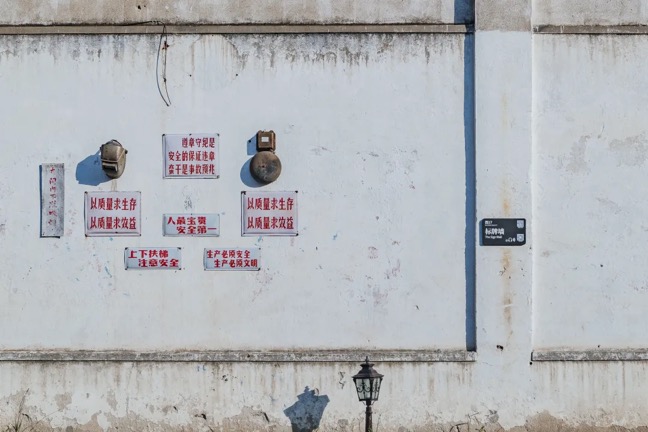
标语墙
云间粮仓老标语所布置的一面墙,留念。
绿皮小火车
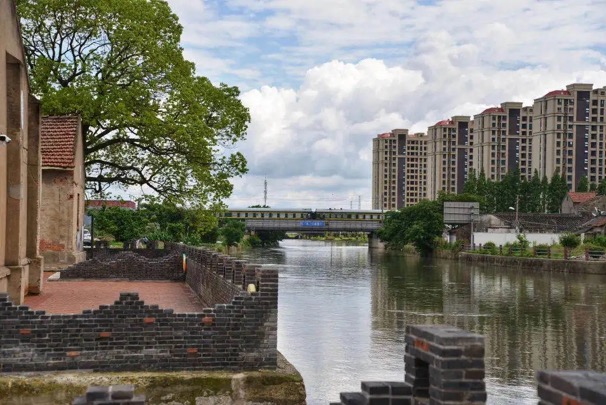
绿皮小火车
可以静静地在河边等待绿皮小火车的驶过,又是别样的风景。
You can quietly wait for the passing of the green train by the river. It's another kind of scenery.
人民河
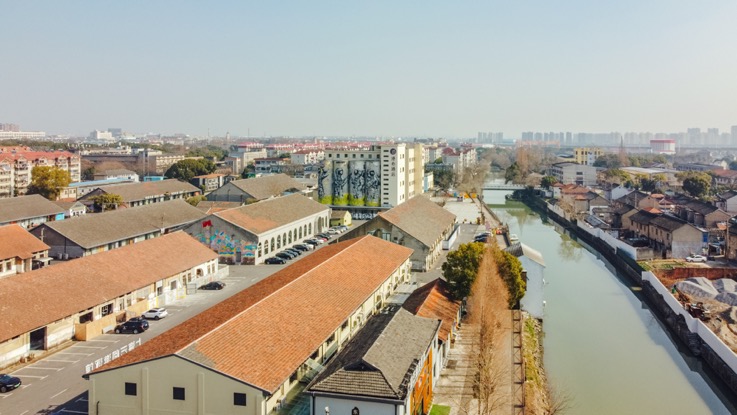
人民河
可以通过航拍视角看到人民河旁的粮仓及筒仓。
滨河长廊
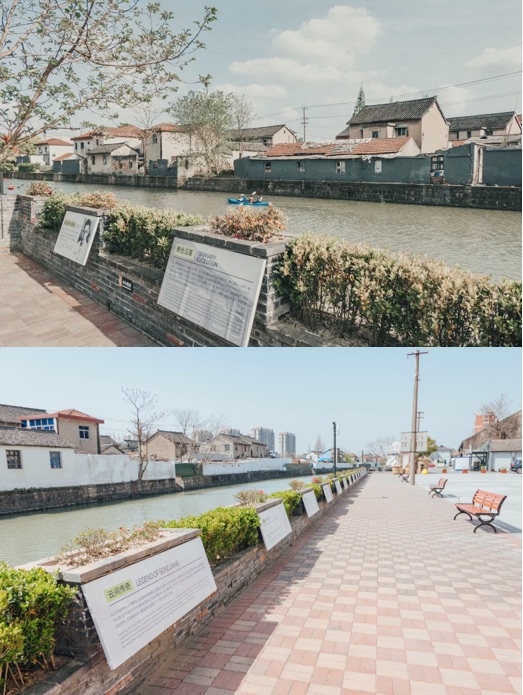
滨河长廊
在人民河的沿岸,游客朋友们可以通过一块块的故事牌来了解松江历史文化。
Along the Renmin River, visitors can learn about Songjiang's history and culture through story boards.
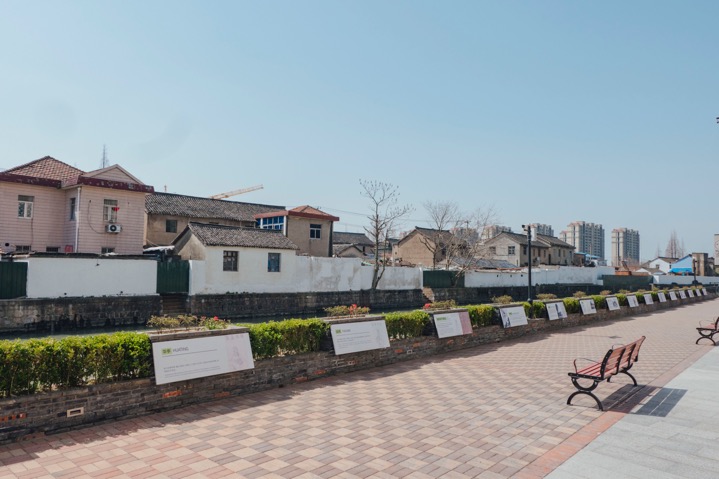
云间粮仓北大门
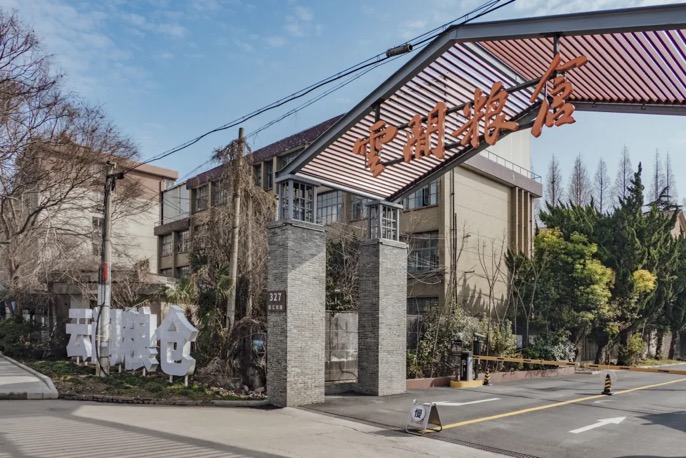
云间粮仓北大门
作为云间粮仓重要的门面位置,“云间粮仓”四个大字必然是拍照打卡必备点位,可以通过侧拍视角将地面上发光的LED“云间粮仓”与悬挂在屋檐上的“云间粮仓”一拍即合。
通波塘
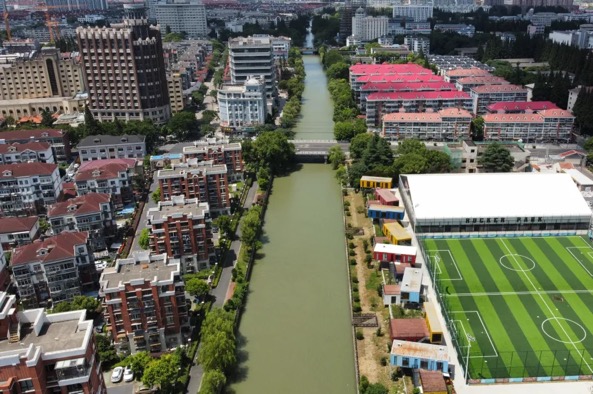
通波塘
原名顾会浦,为古松江五大浦之一。南宋乾道元年(1165年)开顾会浦,因流入华亭县城北通波门,遂改称为通波塘。
Formerly known as Gu Huipu, it was renamed tongbotang because it flowed into the North tongbomen of Huating county.